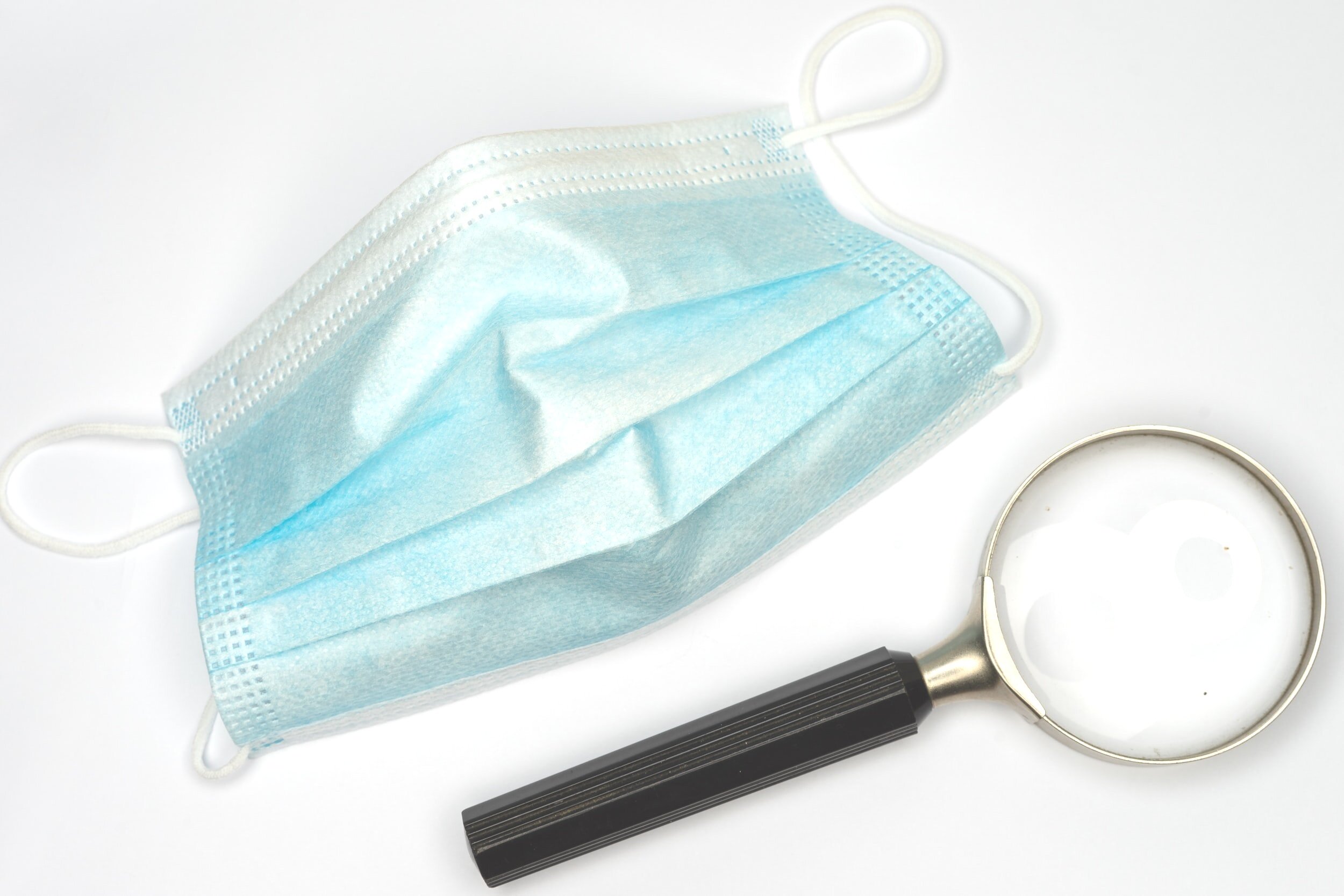Shunji Kusaka, MD, Ph.D.
Practice: Kindai University Hospital
Location: Osakasayama, Osaka, Japan
Website: https://www.med.kindai.ac.jp/optho/
Phone: +81-72-366-0221(ext. 3234)
Email: skusaka@gmail.com
I specialize in the diagnosis and treatment of vitreoretinal and cataract diseases. In particular, I perform many surgical treatments for intractable vitreoretinal and cataract diseases, including in children, and I actively accept patients from far away places, including overseas. Since joining the ophthalmology department in 1986, I have been consistently interested in ophthalmic surgery, especially vitreoretinal and cataract surgery, and have continued to study the field. I specialize in surgical treatment (vitreous surgery) for retinal detachment, diabetic retinopathy, retinal vein occlusion, epiretinal macular membrane, macular hole, etc., and perform about 400 to 500 surgeries a year, including surgeries at other hospitals. I also perform many surgeries for pediatric retinal diseases, including retinopathy of prematurity. Pediatric retinal diseases are treated intensively at center facilities such as our department, because the number of patients is relatively small and the disease is difficult. Treatment requires a lot of effort, but I consider it my responsibility to protect the eyes of children who represent the future of Japan, and I would like to continue to work energetically in the future. My goal is to provide medical care that will make as many patients as possible happy.
Medical Bio
After graduating Osaka University Graduate School of Medicine, he finished residency program at Department of Ophthalmology, Osaka University. After finishing a vitreoretinal fellowship at Osaka National Hospital, he joined a research fellowship program at University of Michigan to study the physiology of retinal glial cells under supervision of Donald G. Puro, MD., Ph.D. After coming back to Osaka University as an assistant professor in 1997, he started pediatric retina surgery. In 2001, he did his first ROP surgery. Since then, he has become one of a few surgeons who perform ROP surgery regularly in Japan. He is also a pioneer of anti-VEGF treatment of ROP in Japan. He has become a professor and chair at Department of Ophthalmology, Kindai University Faculty of Medicine since 2018. Currently, his main interests are surgical treatment of various vitreoretinal disorders, including pediatric retinal diseases, and basic research of pharmacological treatment of ocular neovascular diseases.
Qualifications and Affiliations
Certifications
Specialist of the Japanese Ophthalmological Society
Ophthalmology PDT (photodynamic therapy) certified doctor
Affiliated Academic Societies
Japan Ophthalmological Society (Councilor)
Japan Retina and Vitreous Society (Director)
Japan Pediatric Ophthalmology Society (Vice President)
American Academy of Vision and Ophthalmology (ARVO)
American Academy of Ophthalmology (AAO)
Pediatric Retina Surgery Society (APRS)
European Retina Society (Euretina)
European Vitreoretinal and Retina Society (EVRS)

FAQ
At the Jack McGovern Coats’ Disease Foundation, we are often contacted by anxious parents or patients who are seeking information after receiving a diagnosis of Coats’ Disease. The questions below are provided as a resource to assist you as you and your doctor decide the best approach for treatment. These questions do not constitute any form of medical advice or diagnosis. Each patient is unique. An experienced retinal specialist who has examined the patient is the best source of information for diagnosis and treatment. We always recommend getting a second opinion.
-
Ahead of any treatments or procedures, it is important to ask yourself and the doctor the following questions:
How do you know that this is Coats’ Disease?
Has your doctor treated other patients with Coats’ Disease?
Have you sought a second opinion? If not, please consult our Doctor Directory for knowledgeable doctors in your area.
-
What Stage of Coats’ Disease is he/she in?
Will his/her vision get worse over time?
Will the eye have pain?
Will his/her eye start to turn out? Is muscle corrective surgery an option?
Are cataracts likely?
How likely is glaucoma? (due to retinal detachment)
Is there calcification?
What is the anticipated disease progression?
-
Is there a thorough vision exam available?
Where is the vision affected? (central/peripheral/distance)
Does he/she have depth perception? (3D visibility)
What about the non-Coats’ eye?
To what extent is his/her vision affected?
Will we be able to use this as a baseline to measure progress/decline?
Find a Doctor
Are you a Doctor?
Contact us to learn more about taking the White Coats to Cure Coats pledge today.






